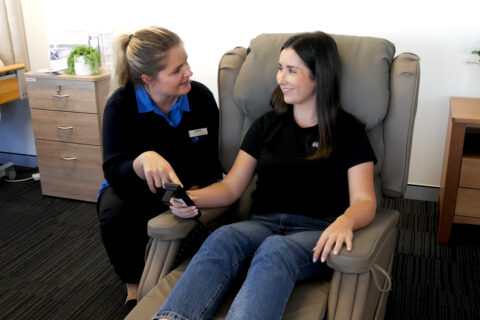The Support at Home Manual is arguably the most important reference document for registered and associated providers navigating the new Support at Home program.
It serves as a comprehensive guideline outlining the operational rules that registered and associated providers must follow when delivering care and support to older adults who are Support at Home participants.
What is the Support at Home Manual?
The Support at Home Manual acts as the key framework for registered providers and associated providers under the Support at Home program. It covers a wide range of topics, including:
- Service agreement and care planning requirements
- Assistive Technology (AT) and Home Modifications (HM) scheme
- The Restorative Care Pathway
- The End of Life Pathway
In addition to the manual itself, there are many supplementary reference materials and guidelines — such as the Assistive Technology and Home Modification List, Assistive Technology and Home Modification Guidelines, the Restorative Care Pathway Clinical Guidelines and Service List.
Together, these resources provide the detailed operational framework that supports providers in complying with the program’s requirements.
When was the Manual published?
The Support at Home Manual was first published prior to the 1 November reform and has undergone several revisions since. Each update is listed at the start of the manual, allowing providers to track what has changed over time. The manual is a living document, with updates made in response to evolving government policy, sector feedback, and legislative changes.
Who is the Manual for?
The manual is primarily designed for registered providers which are aged care organisations that are formally approved by the Department of Health, Disability and Aged Care to deliver Support at Home services.
Registered providers:
- Have core responsibilities under the Aged Care Act.
- Must undergo auditing to ensure compliance.
- Are accountable for maintaining service quality and safety across all client interactions.
However, the manual is also a valuable resource for associated providers, businesses who have subcontracting arrangements with registered providers, as well as for participants and registered supporters who need to understand how the program operates and the rules that apply to their role.
Are there any gaps or missing information in the Manual?
While the manual is extensive and continues to evolve, it is not so much that specific information is missing — rather, that there are many points requiring clarification.
Participants, registered supporters, registered providers and associated providers are reporting that more clarity is required around the included and excluded assistive technology items in particular and what service codes apply to what equipment.
The manual and its supplementary resources (such as the Assistive Technology and Home Modifications Guidelines and Business Rules and Claiming Guidelines) are highly detailed, but the interpretation of certain rules can be complex. Providers often need further guidance to ensure they’re implementing these rules correctly in practice.
Leading up to the 1 November reform, a significant volume of information was added to both the manual and supporting materials, some even after the 31 October deadline. The sector can expect continued refinement and updates over time as feedback from both providers and participants is reviewed.
What updates or changes might still be expected?
At the time of writing, two Senate inquiries have been launched into the Support at Home and broader aged care reform. These inquiries reflect ongoing sector-wide advocacy for clearer and fairer rules, particularly around participant contributions and service classifications.
A key focus of advocacy includes:
- Personal care being reclassified as clinical care (to remove participant contributions).
- Assistive technology and home modifications being reclassified as clinical services, due to concerns that contribution requirements may become a barrier to access, preventing older adults from obtaining essential equipment and modifications that help them live independently and safely at home.
- Removal of the lifetime cap of $15,000 for home modifications
Rounding Up
The Support at Home Manual is a cornerstone of the reform — a detailed operational guide that continues to evolve alongside the program itself.
For providers, the key is to stay informed of ongoing updates, participate in industry forums, and review supplementary resources regularly.
As the government refines the manual and responds to feedback, the sector can expect increasing clarity and consistency, ultimately helping organisations deliver safer, more effective, and person-centred care under the Support at Home framework.


 November 24, 2025
November 24, 2025

